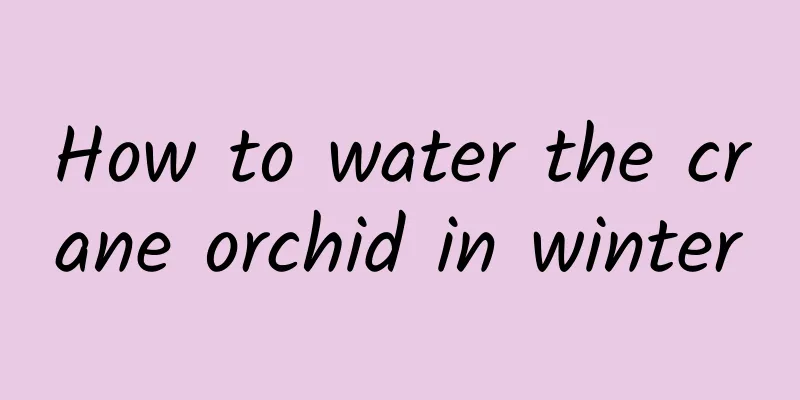How to grow nuts

1. Maintenance methods1. Temperature: Most nut plants prefer a warm environment, and the temperature between 20 and 30 degrees is more suitable. If it is too high or too low, it will affect the yield and the taste of the fruit. So, try not to go higher than thirty-five degrees, nor lower than fifteen degrees. 2. Light: Nut plants generally have high requirements for sunlight. Only by providing sufficient light can the yield and quality of the fruit be guaranteed. Generally speaking, there needs to be enough scattered light throughout the day, and only light that is too strong needs to be slightly blocked. During the flowering and fruiting periods, the requirement for sunlight is particularly high. 3. Watering: Some types of nuts have shallow roots, so their water requirements will be higher. Therefore, it needs to be adjusted according to the climate. If the environment is too dry, water needs to be replenished in time; in the rainy season, drainage work needs to be strengthened. 4. Fertilization: An appropriate amount of fertilizer can increase its yield, but the amount of fertilizer should not be too much. Fertilization can be done according to the specific type of nuts, as different varieties have different requirements. 2. Breeding techniques1. Reproduction: Most nut plants can be propagated by sowing. The seeds can be collected after the fruits ripen in August to September. Then sow in mid-March of the following year. Soak it in water for two or three days before sowing. You can use wet sand as the substrate, or choose a suitable location. The row spacing can be between 40 and 50 centimeters, and the plant spacing can be between 15 and 20 centimeters, and the "spot sowing" method can be adopted. 2. Pruning: In order to promote the amount of flowering and fruiting, appropriate pruning can be carried out in spring. Furthermore, there may be some yellowing and aging branches and leaves, which can be cut off in time. 3. Problem diagnosis and treatment1. Diseases: Different types of nuts may have different diseases. The main type is "powdery mildew", which is more common from July to August and can be treated with benomyl. There is also "brown spot disease" which can cause leaves to fall. You can cut off the diseased leaves and then use Bordeaux liquid to prevent and control it. 2. Pests: There is the "yellow thorn moth", which will eat the leaves and its eggs will overwinter. They can be eliminated using various pesticides. IV. Other issues1. Toxicity: Generally speaking, most nuts are non-toxic and the fruits are edible. 2. Can they be raised at home? Generally not, because they are grown on large areas. |
Recommend
Can camellia survive in the north? (Why can't I keep the camellia I bought alive?)
Camellia is mainly distributed in the Yangtze Riv...
How to plant chive seeds and when is the best time to plant them?
Sowing chive seeds Chives can usually be planted ...
Geely Red Breeding Methods and Precautions
Lucky Red is a foliage plant with great ornamenta...
Can baby's breath be planted in sand?
Can baby's breath be planted in sand? Gypsoph...
What to do if asparagus fern grows taller
Cut it directly Since you are worried about "...
What are the breeding methods and precautions of Longxu Iron
How to cultivate dragon beard iron The dragon bea...
Which species of spider plant is the most beautiful?
1. Lipstick Chlorophytum Its flowers are very eas...
How long is the fruiting period of watermelon? Fruiting period maintenance and management methods
How long does watermelon last? The fruiting perio...
Phalaenopsis cutting method
After the Phalaenopsis flower period is over, cut...
How to grow red succulent
Growth habits of red juvenile Red basil is native...
Difference Between Narcissus and Cinnamon
1. Leaf Difference The leaves of daffodils are fl...
The difference between Spiraea hemp leaf and Spiraea golden flame
1. Difference of blades The leaves of Spiraea hem...
What to do if the leaves of gardenia are dry
1. Causes and measures 1. The first situation is ...
How often should I water my jujube tree?
How often should I water my jujube tree? The date...
How to grow the bald mulberry tree when it comes down from the mountain without roots
1. Prepare the culture soil When growing bearded ...









